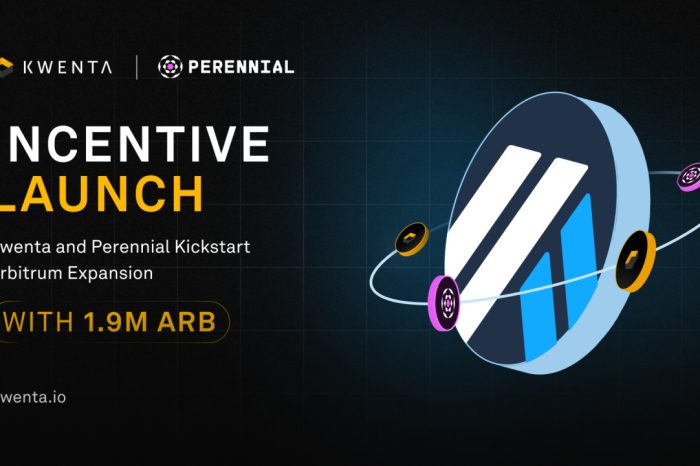Automobile insurance is an institutional framework for the defense, settlement, and litigation of tort (an injury to person or property) claims in the case of an automobile accident.
The system of automobile accident insurance that a state adopts answers the following question: Who pays when an automobile accident occurs? Three systems of insurance for automobile accidents are possible: no fault, at fault, and a combination of no fault and at fault.
In a pure no fault system, when an automobile accident occurs, each driver’s insurance company would compensate their insured for personal economic damages – for example, medical expenses, lost wages, funeral expenses, and death benefits – up to the limit of each policy, no matter which driver caused the automobile accident or was at fault.
This coverage of personal economic damages is called Personal Injury Protection or PIP. In this system, then, it is essential that every driver carries automobile insurance. The tradeoff for each driver’s insurance company paying for their own insured’s economic damages is each driver is prohibited from suing the other driver for non-economic damages, such as pain and suffering or loss of companionship.
Theoretically, insurance rates or premiums should be lower in no fault states since insurance companies are saving money by not having to initiate lawsuits or defend their insured’s in court. However, no state has adopted a pure no fault system for automobile accidents.
Instead, states have either adopted an at fault system or a combination of no fault and at fault for automobile accidents. When an automobile accident occurs in an at fault state, the driver responsible for the accident – the driver who is at fault – or their insurance company pays for damages.
However, it is not always clear who was at fault in an automobile accident. And in many accidents both drivers are to blame to some extent. Since each driver pays based on their own proportion of fault, drivers may sue each other to determine these proportions. In an at fault system, each driver retains the right to sue the other driver for damages, economic and non-economic, resulting from an automobile accident.
If a state has adopted a combination system or a modified no fault system for automobile accidents, drivers are compensated by their insurance companies for economic damages up to the policy limits and also have a right to sue the other driver in certain situations. Usually a driver may sue another driver for damages sustained in an automobile accident if the damages exceed a certain dollar amount that each state has set by statute. Some states also allow lawsuits in automobile accidents if a driver’s injuries meet a specified standard of severity, for example, “serious personal injury”.
A state can also choose to change their liability system for automobile accident insurance at any time through the state’s legislature. Check with insurance providers or the state insurance board in your state to determine which type of insurance system your state has adopted for automobile accidents.










